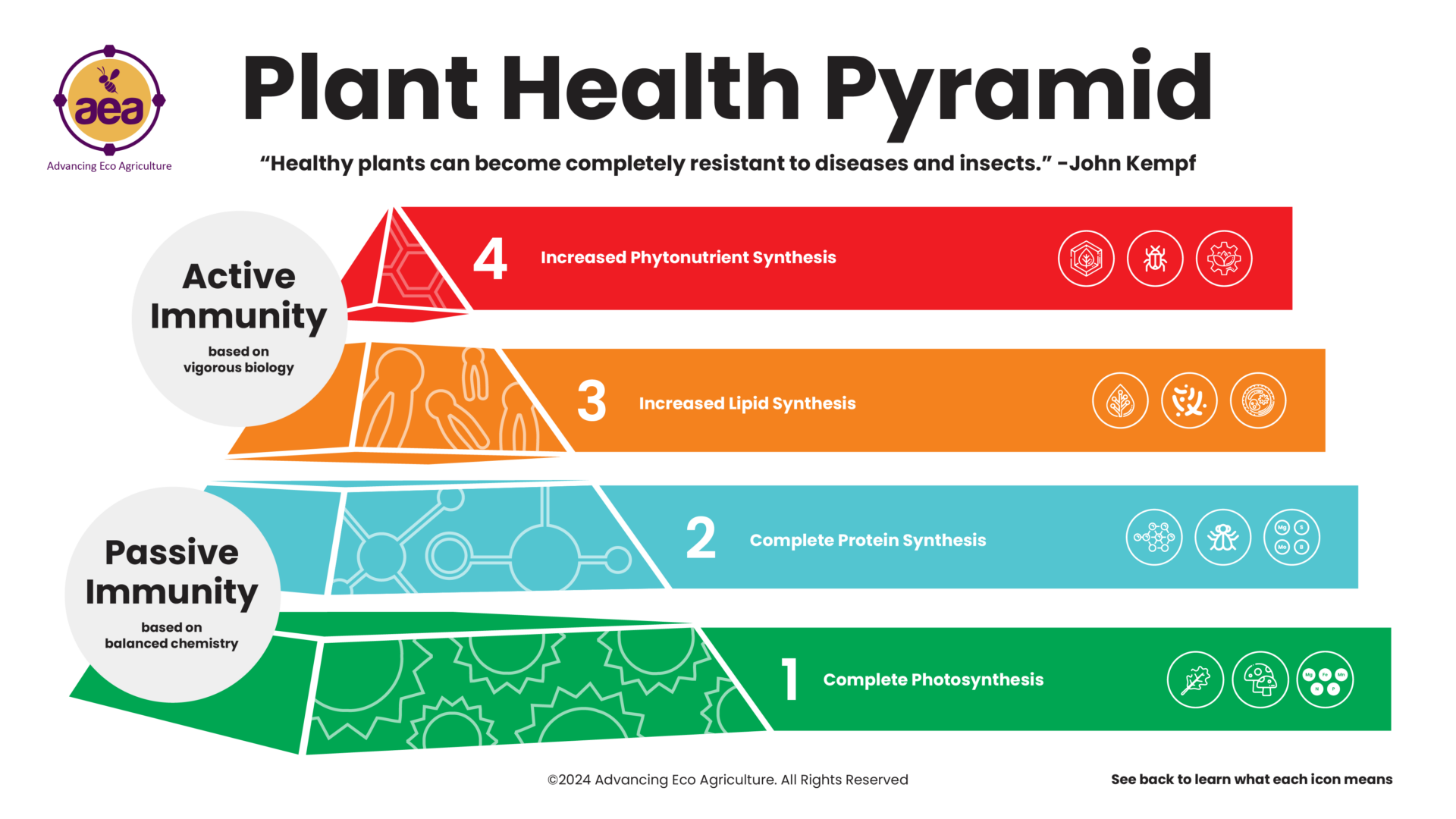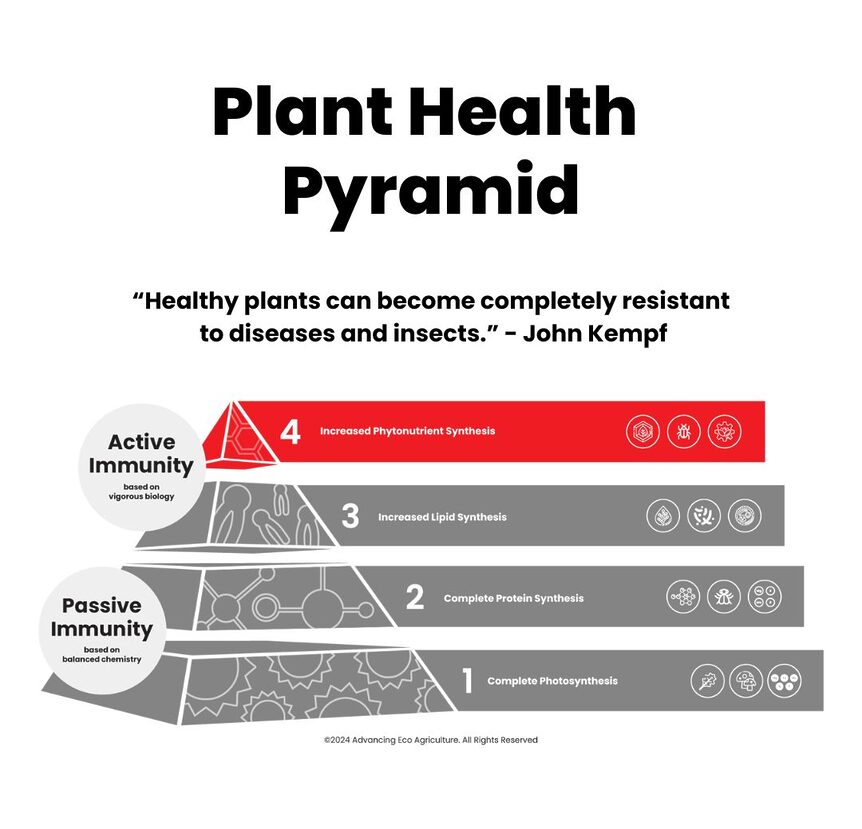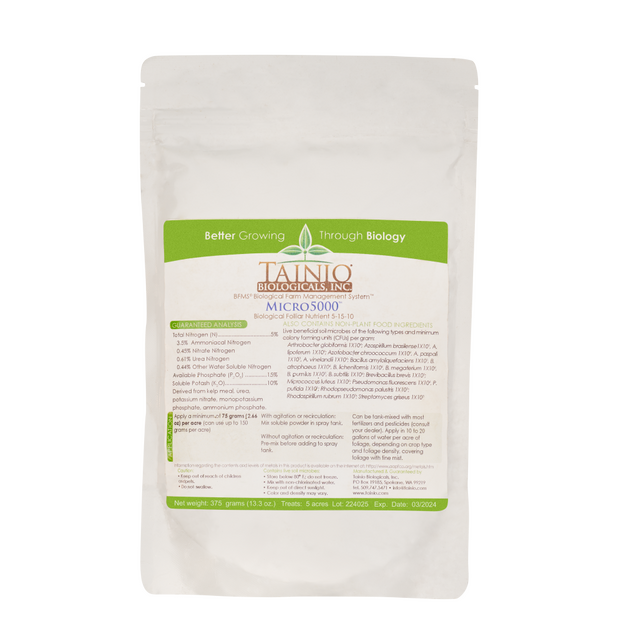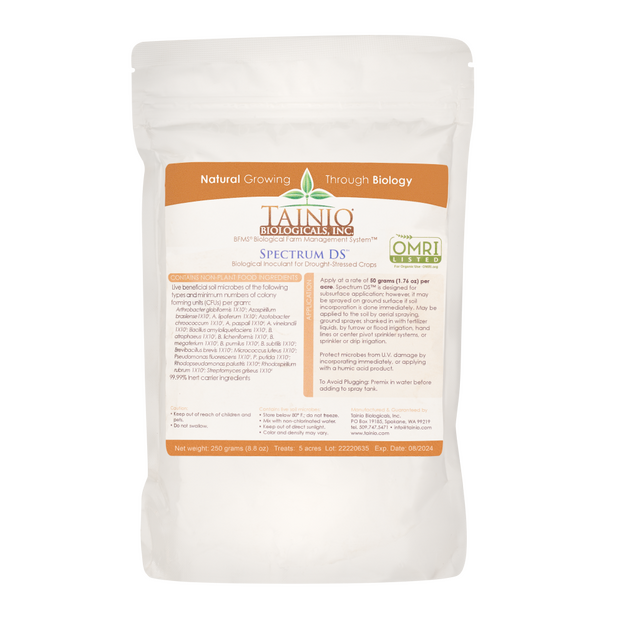We’ve reached the pinnacle of John Kempf’s Plant Health Pyramid.
Here’s a quick recap of our journey to this point: plants reach the first level of the pyramid when they have the nutrients to photosynthesize more efficiently. The non-reducing sugars they produce make them resistant to soil-borne fungal pathogens.
In the second level, plants have the minerals needed to quickly convert simple forms of nitrogen into amino acids and complete proteins. This removes the food source for larval and sucking insects, and they no longer feed on the plant.
In the third level, an increased energy contribution from thriving soil biology means that plants have excess energy, which they store as fats on their leaves. These waxy leaf surfaces make the plants impregnable to airborne diseases.

Level 4
Elevated Levels of Plant Secondary Metabolites
The hallmark of level 4 is that plants produce elevated levels of plant secondary metabolites. These are compounds that plants create to protect themselves, like flavanols, phytoalexins, and biflavonoids. We’re familiar with many of these compounds, because humans make use of their powerful properties in medicine and recreation. They include caffeine, nicotine, morphine, quinine, neem, THC, tannins, etc.
Many of these compounds have incredibly powerful anti-bacterial and anti-fungal properties. They can help protect the plant from UV light in addition to insects and diseases. They are also energy-intensive to produce, so the plant must have passed through the previous 3 levels of health to have enough energy to devote to making a lot more of these compounds than is considered normal.

Insect resistance
In level 4, plants become resistant to chewing insects, including the entire beetle family:
- Japanese beetles
- corn earworm beetles
- squash bugs
- colorado potato beetles
- brown marmorated stink bugs
They also can resist nematodes, like root rot nematodes.
Plants at level 4 may even be able to resist viruses. It’s been observed that viral expression can become dormant, that is, the virus is present in the plant, but has no physiological effect on it.

Diverse Microbiome
Reaching level 4 requires a diverse and abundant microbiome, both above and below ground. The right microbes will trigger the plant’s immune response, (both systemic acquired resistance (SAR) and induced systemic resistance (ISR)), and induce the plant to create secondary metabolites at much higher levels. It’s important that the microbiome contains the correct microbes, that is, disease-suppressive rather than disease-enhancing microbes, in order to get this level of immune response.
Certain microbial products, like soil-applied Spectrum and foliar-applied Micro5000, contain species of microbes that may trigger these immune responses. Other applied products like chitin, seaweed, and fulvic acid can also help trigger the plant’s immune response.
Conclusion
It is possible for plants to resist diseases and insects. This isn’t some pipedream, but a systematic process that can be managed on the farm by thoughtful growers. By tackling the levels of the Plant Health Pyramid one at a time, growers can lead their plants into higher levels of health and pest resistance, reducing their need for pesticides and outside inputs, while also growing healthier food and contributing to healthier ecosystems. It’s win-win-win. That’s the true definition of regeneration: a rising tide that lifts all boats.
In these four posts, we’ve covered the basics of the Plant Health Pyramid. For a much deeper dive into the pyramid, please check out John Kempf’s course on KindHarvest:
Subscribe to get each blog post to your inbox.
You'll get each post to your inbox (~1x/week).
You may unsubscribe at any time. We value your personal information. Here's our Privacy Policy.
"*" indicates required fields








